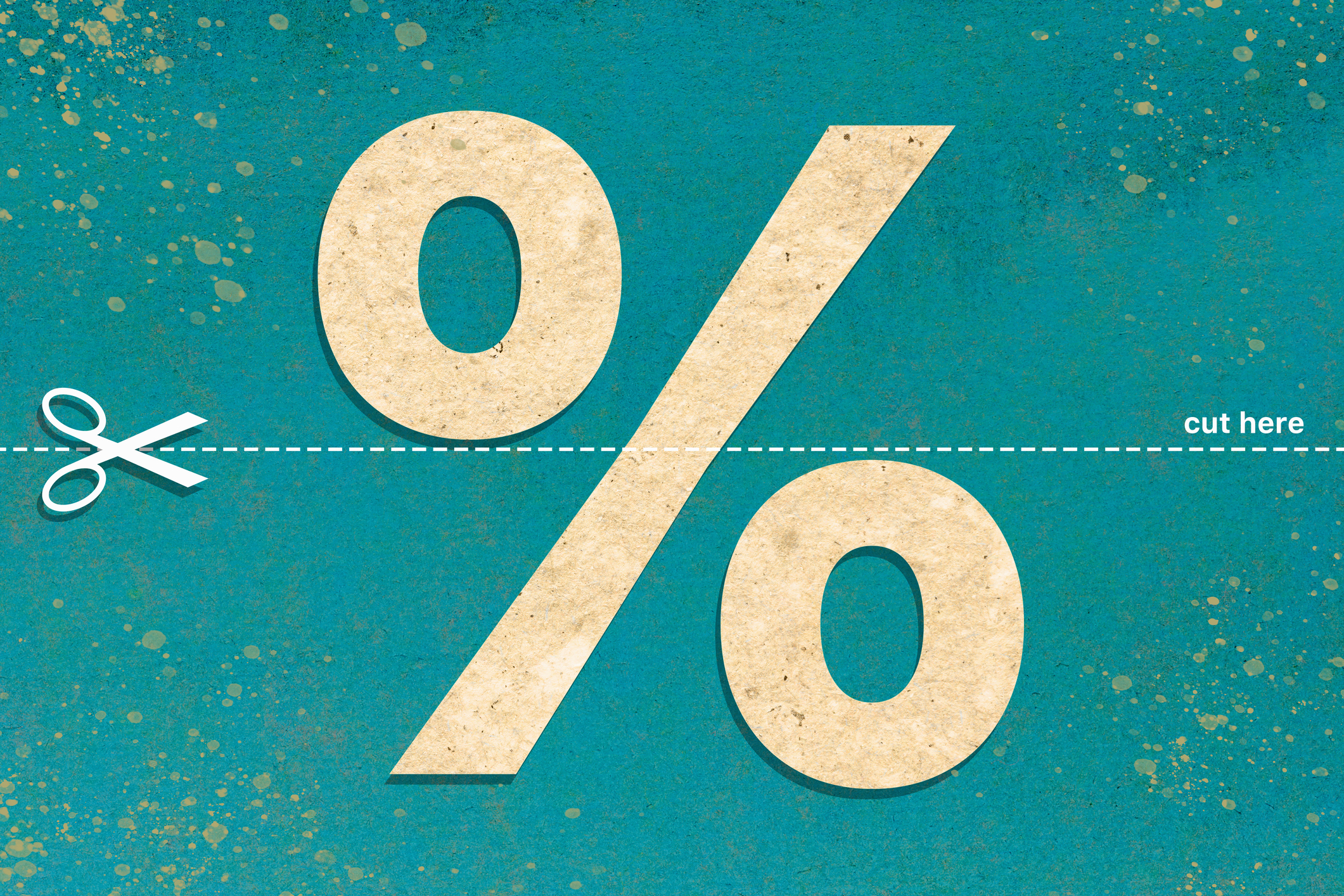How to Make Charitable Gifts With an IRA
Older adults who want to make charitable gifts can get a tax break by making a qualified charitable distribution from an IRA.


Many Americans donate to charity each year. Knowing that the money can help an organization that is near and dear to your heart helps you feel warm and fuzzy inside. Getting a federal tax break for the contribution might be an added bonus.
However, these days, most people who donate can’t write off their gifts. That’s because only individuals who itemize deductions on Schedule A of Form 1040 can deduct charitable contributions. And fewer people are itemizing each year because of higher standard deductions. Only 11.6% of federal tax returns for 2021 claimed itemized deductions.
For IRA owners who are 70½ or older, one of the easiest ways to make a charitable donation and get a tax break is by making a qualified charitable distribution from a traditional IRA. For 2023, you can transfer up to $100,000 directly from your traditional IRA to charity. If you have more than one IRA, the $100,000 cap applies per account owner, not per IRA.
From just $107.88 $24.99 for Kiplinger Personal Finance
Become a smarter, better informed investor. Subscribe from just $107.88 $24.99, plus get up to 4 Special Issues

Sign up for Kiplinger’s Free Newsletters
Profit and prosper with the best of expert advice on investing, taxes, retirement, personal finance and more - straight to your e-mail.
Profit and prosper with the best of expert advice - straight to your e-mail.
The amount next year will be a bit higher because the Secure Act 2.0 retirement law provides for annual inflation indexing of the $100,000 cap. Qualified charitable distributions are not permitted from employer plans, such as 401(k)s. The tax break applies only if you are 70½ or older on the date of the charitable transfer.
If you are married, you and your spouse can each potentially give up to $100,000 in 2023 from your separate IRAs, provided each of you has a substantial amount in your IRA. But let’s say you have a $70,000 balance in your IRA, and your wife has an IRA worth $1.2 million. In this situation, your qualified charitable distribution cap is limited to $70,000 and your wife’s is limited to $100,000. Your wife won’t be able to make a distribution of $130,000 to make up for your lower gift.
There are three main tax benefits of qualified charitable distributions. They are not taxable. They are not added to your adjusted gross income, which can help you mitigate surcharges on your 2025 Medicare premiums. And they can count toward your annual required minimum distributions. (Note: The first dollars out of your IRA are considered to be required minimum distributions, so if you want to do a qualified charitable distribution that will count toward your required payout, give money to the charity before you take money for yourself.)
But you can’t deduct the qualified charitable distribution on Schedule A. That would be double-dipping.
Only transfers from your IRA directly to charity are considered qualified charitable distributions. Most IRA custodians will require you to fill out a form requesting the charitable payout. The custodian will then either send a check directly to the charity or make a check out to the charity and send it to you to mail to the organization. In either circumstance, get a receipt from the charity to substantiate the donation.
Also, give a heads up to the charity if the check is being sent to it from the custodian. Let the charity know the money will be arriving, and give your name and address for an acknowledgement receipt for your tax records. If you have check-writing privileges on your IRA account, your custodian might let you write the check to charity yourself, but first ask if that’s OK.
Don’t wait until the last minute in 2023 to do a qualified charitable distribution. It can take some time for the money to go from the IRA to the charity, particularly if an investment needs to be sold for cash, and the charity must receive the money by Dec. 31 for your contribution to count for that year.
The money must generally go to a section 501(c)(3) organization. However, there is now a limited exception to this rule. IRA owners can do a one-time qualified charitable distribution of up to $50,000 through a charitable gift annuity, charitable remainder unitrust or a charitable remainder annuity trust. Many private colleges have charitable gift annuity programs. If you’re an alumnus, you may hear about this from your alma mater.
Reporting on your Form 1040
The Form 1099-R that you will get early next year won’t reflect the qualified charitable distribution. The 1099-R will show only the total amount of distributions made from the IRA for 2023.
When filling out your 2023 Form 1040 or 1040-SR, you would include the total distribution amount on line 4a of the 1040. Then subtract the qualified charitable distribution and report the remainder, even if $0, on line 4b. Write “QCD” next to line 4b. If filing electronically, a drop-down box for line 4 should give you a choice to click QCD.
Note: This item first appeared in Kiplinger Retirement Report, our popular monthly periodical that covers key concerns of affluent older Americans who are retired or preparing for retirement. Subscribe for retirement advice that’s right on the money.
Related Content
Profit and prosper with the best of Kiplinger's advice on investing, taxes, retirement, personal finance and much more. Delivered daily. Enter your email in the box and click Sign Me Up.

Joy is an experienced CPA and tax attorney with an L.L.M. in Taxation from New York University School of Law. After many years working for big law and accounting firms, Joy saw the light and now puts her education, legal experience and in-depth knowledge of federal tax law to use writing for Kiplinger. She writes and edits The Kiplinger Tax Letter and contributes federal tax and retirement stories to kiplinger.com and Kiplinger’s Retirement Report. Her articles have been picked up by the Washington Post and other media outlets. Joy has also appeared as a tax expert in newspapers, on television and on radio discussing federal tax developments.
-
 I'm want to give my 3 grandkids $5K each for Christmas.
I'm want to give my 3 grandkids $5K each for Christmas.You're comfortably retired and want to give your grandkids a big Christmas check, but their parents are worried they might spend it all. We ask the pros for help.
-
 If You're Not Doing Roth Conversions, You Need to Read This
If You're Not Doing Roth Conversions, You Need to Read ThisRoth conversions and other Roth strategies can be complex, but don't dismiss these tax planning tools outright. They could really work for you and your heirs.
-
 Could Traditional Retirement Expectations Be Killing Us?
Could Traditional Retirement Expectations Be Killing Us?A retirement psychologist makes the case: A fulfilling retirement begins with a blueprint for living, rather than simply the accumulation of a large nest egg.
-
 21 Money Moves Smart People Are Making Before 2026
21 Money Moves Smart People Are Making Before 2026These steps can help trim your tax bill, boost your savings, lower your health care costs and set you up for financial success in 2026.
-
 Giving Tuesday 2025: 'Every Small Act Makes a Major Difference'
Giving Tuesday 2025: 'Every Small Act Makes a Major Difference'GivingTuesday encourages generosity in any form, from donating to charity to helping your neighbors.
-
 How to Position Your Portfolio for Lower Interest Rates
How to Position Your Portfolio for Lower Interest RatesThe Federal Reserve is far from done with its rate-cutting regime. This is how investors can prepare.
-
 Moves to Manage the Soaring Costs of Owning a Car
Moves to Manage the Soaring Costs of Owning a CarIt's costing more and more to keep a car on the road, but you can drive some costs down. Here's how to get a better deal on insurance premiums, repairs and gas
-
 4 Strategies for Older Adults to Cut Property Taxes
4 Strategies for Older Adults to Cut Property TaxesBefore you settle your next property tax bill, make sure you're taking full advantage of these tax breaks for older homeowners across the US.
-
 5 Simple Fixes to Save on Heat Bills This Winter
5 Simple Fixes to Save on Heat Bills This WinterWith fuel prices expected to rise 10% or more this winter, making your home more energy efficient will really pay off.
-
 Why It's Worth Booking a Winter Vacation
Why It's Worth Booking a Winter VacationTravel Smart In the early months of the year, travel demand dips — and so do prices.
-
 New Ways to Use 529 Plans
New Ways to Use 529 PlansTax-free withdrawals from 529 plans could help you sharpen your job skills.